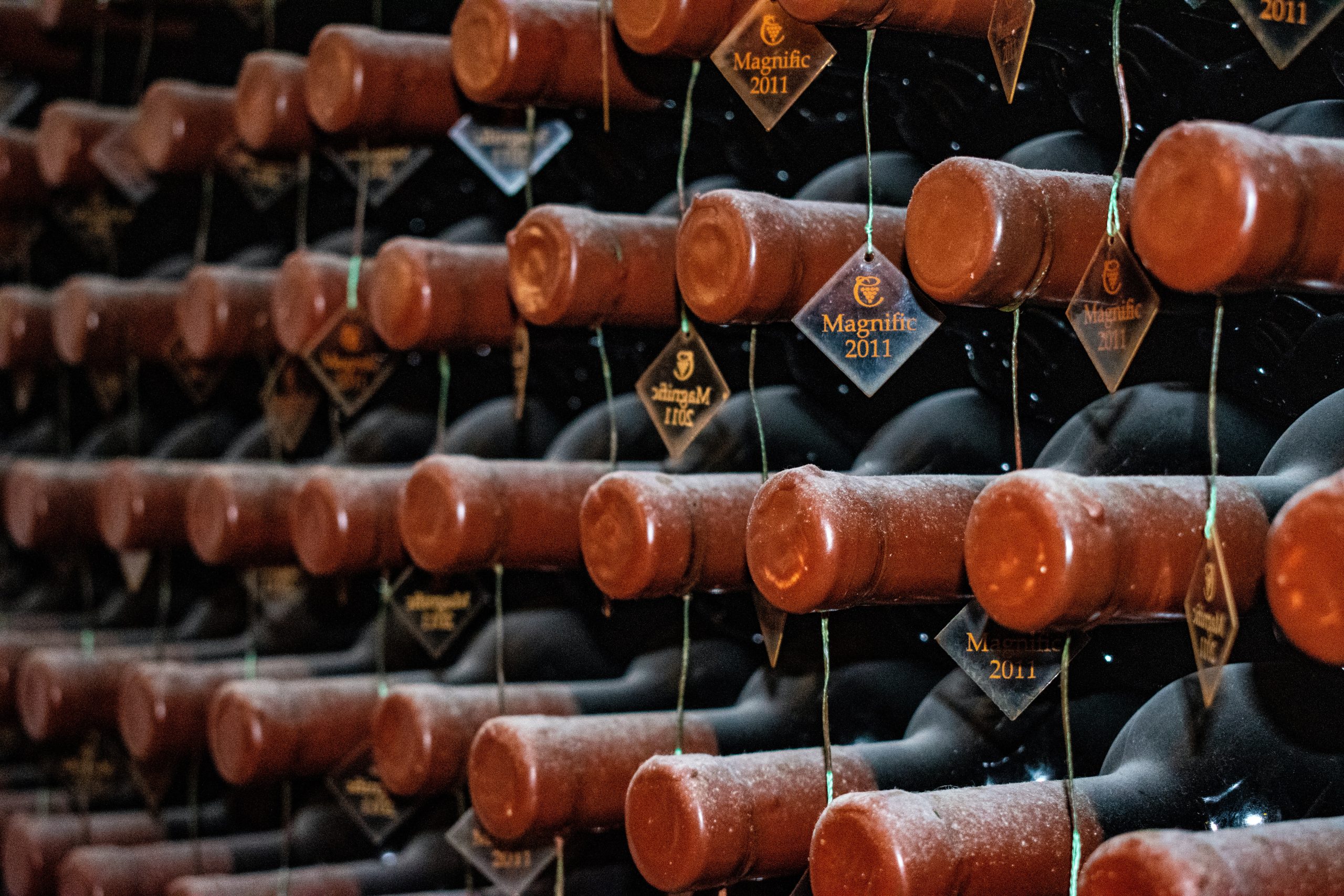Investing in wine: put your money where your mouth is
source from Finance Monthly
During the pandemic, bottles of Bordeaux provided stronger returns than stashing cash in a Hermes bag or rare whisky, with prices of investment-grade wine rising 13% towards the end of June, according to Knight Frank’s Luxury Report. With the pandemic creating turbulent conditions for investors to navigate, the global fine wine investment platform Cult Wine Investment is developing fine wine as an investment asset to bring its track record of high returns and other benefits to a wider audience.
Cult Wine Investment’s view is that alternative asset classes not only diversify an investment portfolio but de-link it from the ups and downs of the economic cycle. Fine wine in particular has seen incredible stability during some of the most economically turbulent times of our recent past.
Whether it is a fine art, wine, vintage cars, scotch, or even a Hermes handbag, a new breed of deep-pocketed and blue-chip investors have the ability to transform personal hobbies and interests into financially beneficial investments. As with any investment, this new asset class comes with challenges, being naturally harder to sell and more subject to the personal preferences of the owner. However alternative assets often deliver higher returns than shares in stock market-listed companies.
A source of stability
Historically, investors have seen the price of fine wine display relative stability during periods of wider economic volatility. The most recent example of this was during the COVID-19 pandemic which hit in early 2020. Fine wine’s downturn was both shorter and less severe than most mainstream financial investments, including government bonds that saw huge volatility during this time. At its 2020 low, the global marketplace for the fine wine trade, Liv-ex 1000, had only declined by 4% compared with double-digit losses in most equity markets. Even assets that are traditionally considered ‘low-risk’ such as gold, saw greater price swings over these periods. Fine wine also tends to recover quickly and deliver positive real returns even during periods of higher inflation, such as we’ve seen in 2021.
The reason for such stability is due to a number of factors including supply constraints. Only specific vineyards can produce top quality wines, creating a market of product scarcity. This means that the fine wine market cannot be oversaturated with supply, as with other asset classes such as cars and watches.
This demand-supply balance is aided additionally by the fact that leading producers only make a finite quantity of each vintage each year, with volumes strictly controlled by various authoritative bodies. Consequently, the supply of fine wine cannot change by sudden shifts in policy the same way government and central bank policies can influence financial markets. With supply constricted, this can help keep price-performance consistent and above the rate of inflation in different economic backdrops.
Fine wine is an antidote to inflation
In more recent times, fine wine can provide a substantial long-term hedge against an uncertain inflation outlook. As the global economy recovers from the COVID-19 downturn, ongoing government spending and high savings rates are unleashing pent up consumer demand, causing inflation to accelerate. For example, the US Consumer Price Index (CPI) hit 6.2% year-on-year in October, a 31-year high. UK inflation hit a 10-year high in October. Inflation surprises have triggered bouts of equity volatility as investors gauge possible shifts in monetary and government fiscal policies. Should a sustained rise in inflation take hold, major central banks could tighten policies quicker than expected, leading to a more volatile backdrop in mainstream financial indices.
This is where real assets, such as fine wine, can shine. It has a sustained track record of delivering positive, real returns over the long term that have outperformed the IMF’s worldwide CPI inflation rate.
The unique benefits of fine wine investing
Beyond the purely financial benefits, fine wine has a lot to offer. Investors’ personal passion in such investments, and indeed Cult Wines itself, goes beyond a physical financial transaction. Investing in fine wine allows access to, simply put, more opportunity: elite experiences; like-minded wine enthusiasts; the exploration of new grape varieties, producers and products. Investments at this asset class level are therefore both a personal and financial choice.
Investors with Cult Wine Investments can gain access to fine wine markets from a lower base, slowly increasing their portfolio size over time, rather than buying big on their first investment. Fine wine investments can also bring flexibility, easily sold in variable sizes at different times, as and when needed.
Wine is also unique as an asset class in the way that it can be consumed. The more fine wine that is consumed, the less supply of fine wine in the market, the higher prices rise. This trait distinguishes fine wine from traditional assets as well as many other alternatives and enhances its stability over long time periods. In addition to supply limitations, demand for fine wine goes beyond its benefit as a financial instrument. This does not mean fine wine is immune to downturns, however, as there is a significant continuous demand for the product itself, rather than just as an investment, wine can temper most negative price fluctuations. This analysis, paired with the former standpoint regarding wine investment as more than simply a financial exchange further demonstrates how fine wine investment really is surging ahead in investment potential.
Technology driving the ongoing expansion
As demonstrated in the results of the Knight Frank’s Luxury Report, wine has seen impressive returns in recent months, rising 15% in the past year. Helped by improving technology, new producers and regions are gaining the attention of global buyers, driving the overall growth of fine wine investments. In 2020, the best performing regions within the Liv-ex 1000 were Italy, Rhone and Champagne rather than Bordeaux or Burgundy, which you’d imagine being the traditional heavyweights in the market. What this indicates is that, much like a new entrant to the exchange, many corners of the global fine wine market have yet to be fully discovered by a global audience, creating opportunities for alpha generation.
These positive trends are set to continue as investors can expect to see returns on fine wine steadily rise as the economic recovery continues and economies reopen. It’s ultimately a really exciting time for the wine investment market and a great time for those who are looking to begin investing in wine as an asset class, either to diversify their portfolio or simply because they love wine. It can provide great price stability against current inflation and is a ‘low-risk’ option for those who are unsure about alternative asset classes.





